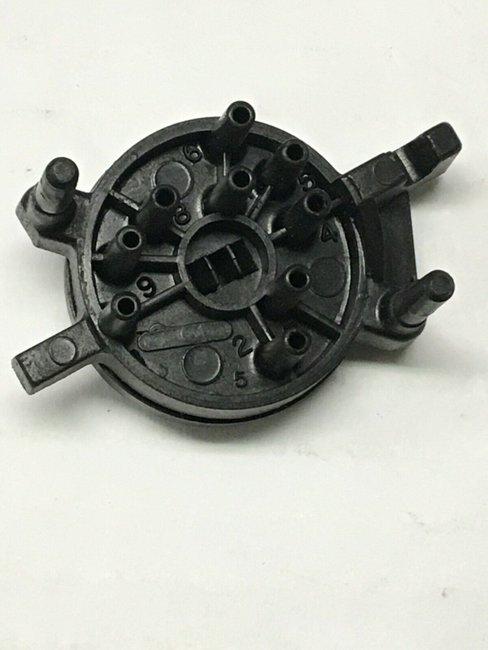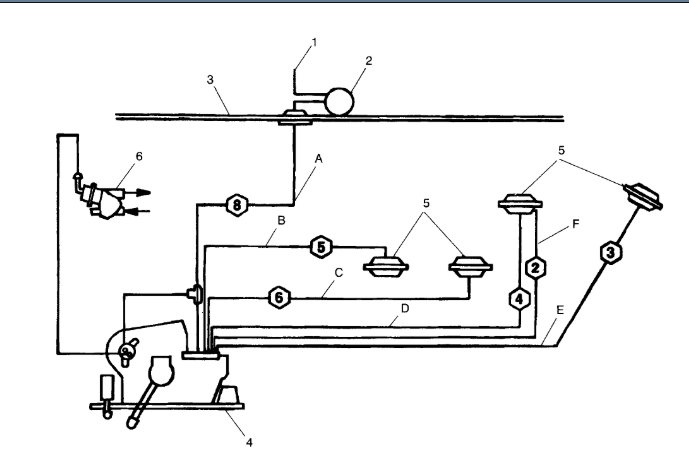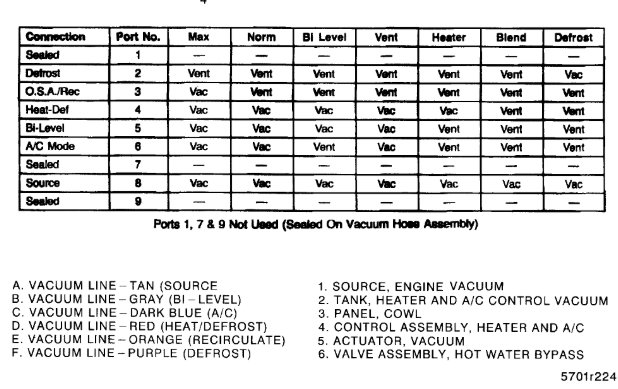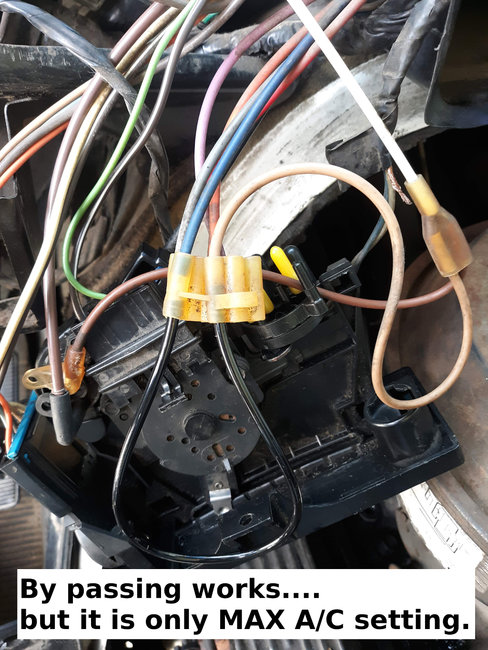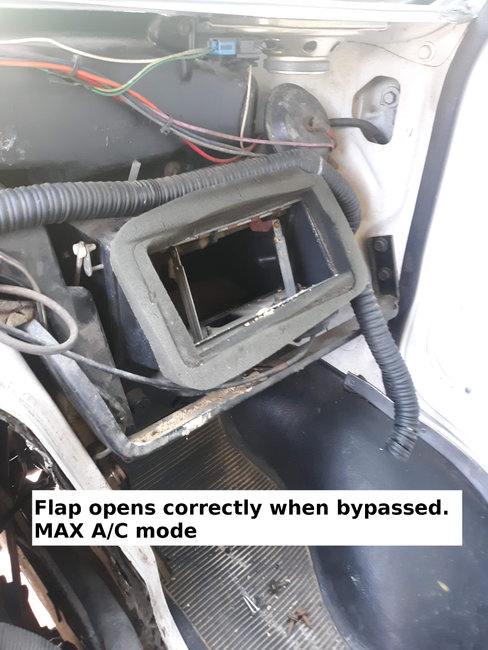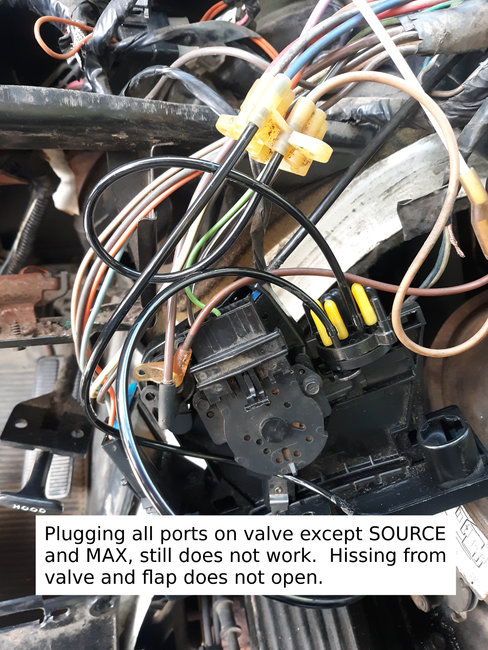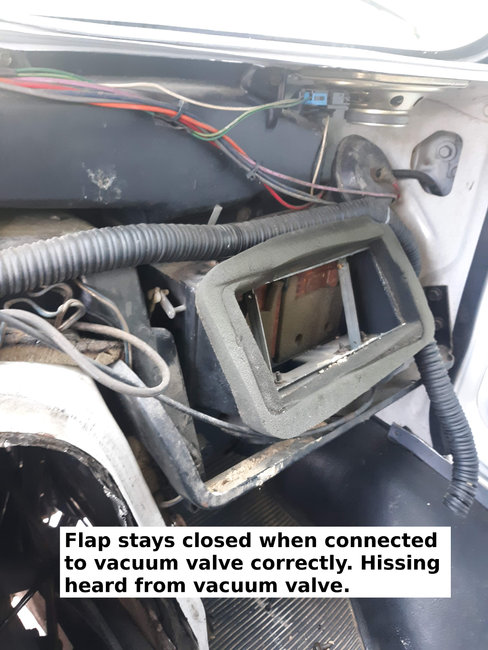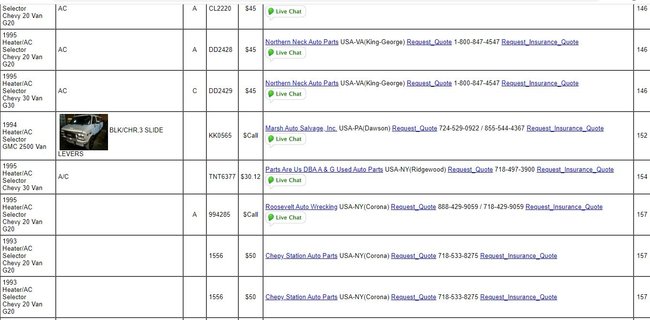Thank you all for the input. I have taken apart my old original one, no o-ring, just a rubber pre-molded rotary valve with channels molded in it. It would appear that over time these rubber molded parts shrink and no longer create the vacuum seal needed. That is why I asked if anybody has repaired these. Even NOS will have the same issue, as I have experienced.
These particular 9-port vacuum valves are almost impossible to find new, no third party makes them anymore. Yes, I can find them used, but at this point and time in this project I simply bypassed the vacuum valve and went source to MAX. This seems to fine for me now. The vent works, the heat works, the fan works, etc. I just won't have windshield DEF.
I own a 3D printer, and I have printed rubber parts before. I would love to re-create that internal rotary valve and print it out of rubber like the original. But the channels are amazingly designed, and the mold that made these must have been a great piece of tooling. The other idea I had was a dash mounted assembly, just move the SOURCE to whatever port is needed, manually. But I have way to many projects to even think about this in detail.
Well, thanks again everybody, I took the truck out for a test drive keeping the SOURCE and MAX directly hooked up, bypassing the vacuum valve completely. Worked like a charm. After replacing all the A/C components, I could almost see my breath in the cab.
Sunday, May 31st, 2020 AT 7:58 PM
